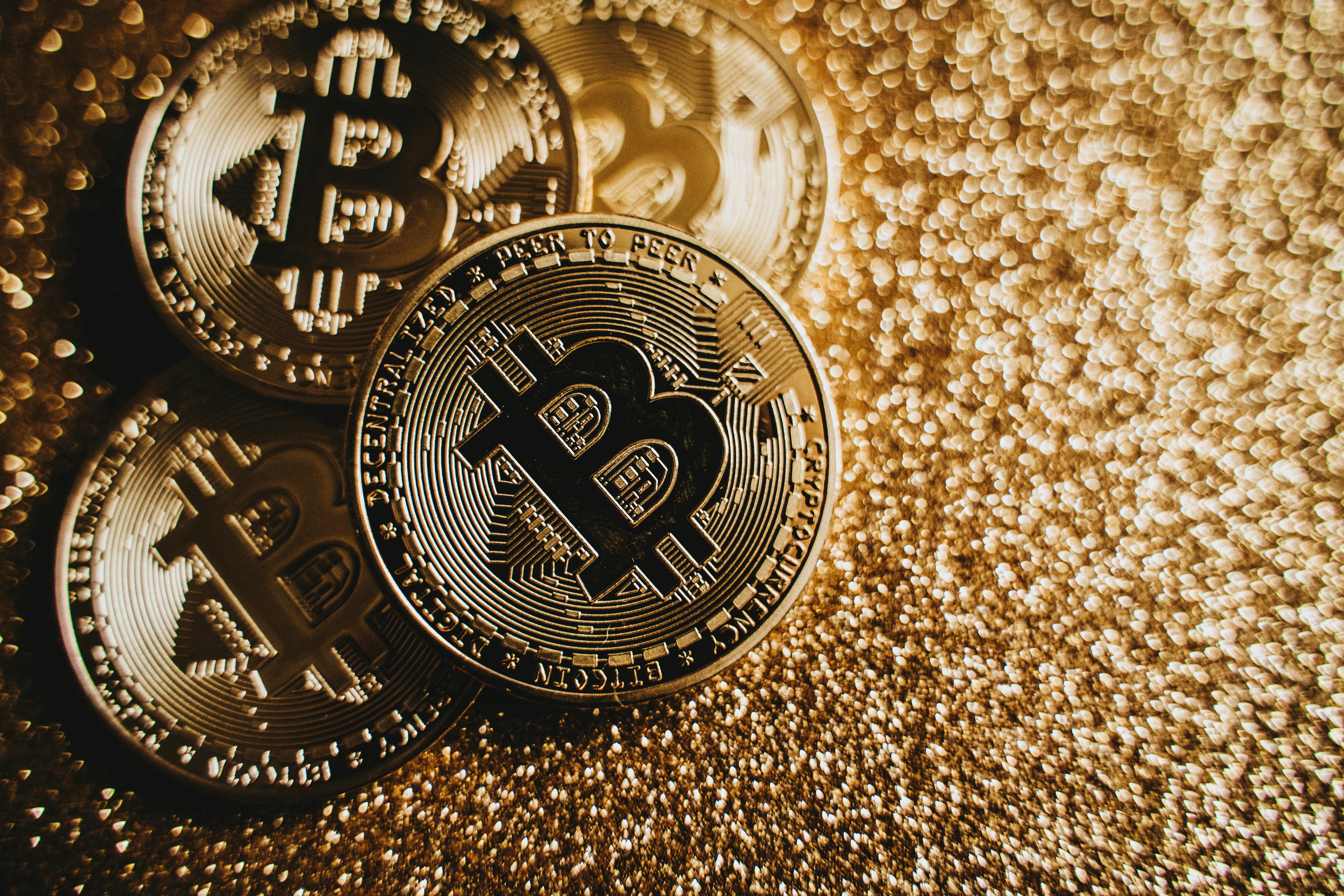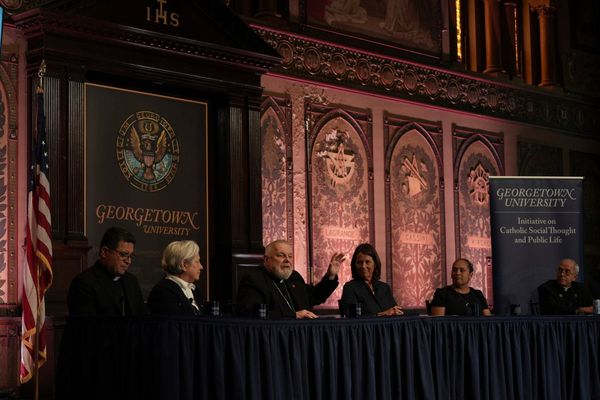
It was just about eight years ago that deepfake technology first appeared on Reddit, when an unidentified user posted an algorithm that used artificial intelligence to develop realistic fake videos. These types of scams have become common everywhere, and chances are, you’ve scrolled past them without even realising. Looking at the statistics, Fortune Business Insights expects the global deepfake market to hit $9.19 billion in 2025 and $38.45 billion by 2032.
At the same time, disinformation is polluting social media platforms and distorting public opinion. Together, deepfakes and disinformation form a dangerous duo. And with AI tools becoming more advanced and accessible by the day, the problem is growing harder to contain. But that doesn’t mean there’s no hope because blockchain can actually help.
Looking at how far this technology has come, you will agree that it’s really handy in solving real-world problems. Although many people associate it with crypto speculation and still track coins like Bitcoin and XRP for market movements and trends in XRP price, the real value of blockchain lies in providing transparency and security. It offers a decentralised, tamper-proof way to store and verify information, which can be helpful in a world where you can’t trust every video at face value.
Why is paying attention to deepfakes and disinformation a non-negotiable?
Indeed, deepfake scams are no longer theoretical; they are happening and costing businesses millions and billions of dollars. Perhaps you’ve heard about the Hong Kong case where a finance worker transferred $39 million after joining a video call where deepfake scammers impersonated their chief finance officer and colleagues.
This is just one of the many instances where scammers are taking advantage of AI technology to spread lies and create fake content that can lead to significant financial losses. You may be surprised to learn that, according to Eftsure, about six in ten consumers have recently encountered a deepfake video. The unfortunate thing is that humans can take up to 24.5% of the time to identify high-quality deepfake videos.
And in 2023 alone, these scams increased by a staggering 3,000%, with the accessibility of generative AI tools being a leading cause. Another study by Regula Forensics claims these attacks have shown the largest increase compared to other types of advanced identity fraud within the last two years. For businesses seeking long-term survival, this is not a trend to ignore.
So, how can blockchain help?
Proving content authenticity with immutable metadata
Imagine waking up one morning to a flood of texts and calls from your colleagues and friends – all reacting to controversial videos someone uploaded to your social media accounts without your knowledge. After examining the videos, you realise they weren’t depicting the real you, but they were just fabricated. For most people, such situations can be confusing and perhaps cause panic, especially if they are renowned figures.
That’s precisely what synthetic media can do. And at a time when news spreads at lightning speed, the time it takes to verify content can be dangerously slow. However, with blockchain’s immutable metadata tagging, you can overcome these challenges.
Immutability means that once you store data, no one can alter or manipulate it. Industries like supply chain are already taking advantage of this possibility to improve their operations and ensure transparency. In media, blockchain can store a ‘hash’ of the original file at the moment of creation or a digital signature, which could include information about the time, date or even GPS location.
You can later verify whether anyone has altered a piece of media by comparing it to the blockchain-stored hash. To put that into perspective, assume a new agency uploads raw footage of an event. The system stamps the footage with a cryptographic fingerprint on a public blockchain, so that if someone later tries to circulate a doctored version, viewers can trace it and check against the blockchain-verified original.
If the hashes don’t match, the system flags the content. This simple yet powerful way of separating truth from digital forgery can work wonders, protecting users from false claims. Interestingly, organisations like the Content Authenticity Initiative are already utilising this possibility.
Tackling disinformation through decentralised fact-checking
While social media is the main source of news in most countries, it’s also where fake news is most widespread. According to a recent report by the Guardian, 68% of respondents confirmed this to be true, explaining why most people trust traditional media more than social media. Disinformation on these platforms goes beyond just creating fake videos. It’s also about text-based lies, manipulated statistics, out-of-context quotes and made-up headlines.
Although traditional fact-checking systems can help address these issues, they are often slow. Of course, a lot of work has gone into creating algorithms with natural language processing abilities to help automatically identify misleading information. However, timing is important when correcting false publication because overturning an initial impression can sometimes be difficult.
Again, since these fact-checking systems are centralised, there could be biases in correcting the misinformation. This is why there’s a growing need for a scalable solution that is both transparent and truly decentralised.
With such a solution, multiple, independent validators can asses the truthfulness of a claim and record their verdict on a tamper-proof ledger. Of course, the idea is not to replace human fact-checkers but to accelerate the validation process and make it more transparent.
While blockchain may not be a silver bullet, it offers something crucial that can help mitigate the consequences of false and fake information. By anchoring media to immutable records and decentralising fact-checking, blockchain builds a defensive infrastructure necessary for this information age.







